Company
Aug 04, 2023
How We Roll – Chapter 9: Infrastructure
Dev Agrawal
How We Roll is a deep dive into how Clerk implements authentication. This chapter covers the infrastructure that powers Clerk’s authentication capabilities.
Welcome to How We Roll! This series is meant to help product owners, developers, and security professionals understand exactly how we implement (or, roll) authentication at Clerk.
Chapter 9: Infrastructure
A system that provides secure authentication with a great user experience requires a lot of complex infrastructure. This goes beyond the typical client-server systems developers are familiar with and build.
- Sensitive data needs to be protected both in transmit and at rest
- Integrations with third party services need to be configured and orchestrated
- Work needs to be delegated to background to keep the application responsive
- Failures and timeouts need to be handled and observable to developers
- Operations need to be scalable to handle millions of users
In this chapter of How We Roll, we will explore the infrastructure that is required to build and operate an authentication system, and dive into the infrastructure that allows Clerk to offer an authentication experience that can be integrated into a project within minutes.
Self-Hosted Auth
An application that implements auth directly or through imported libraries is self hosted, which means the developers have to manage the auth infrastructure on their own.
We can imagine an application with self-hosted auth that would look like this.
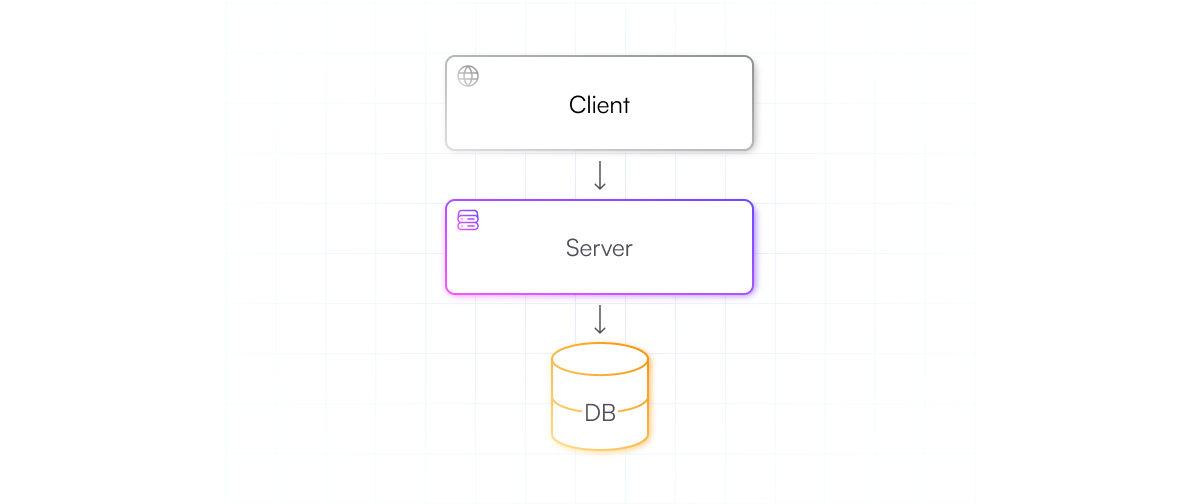
The client would be a web, mobile, desktop, or console application that users interact with. The server provides the ability to sign in and check passwords, and the database is where the user data is stored securely.
The ability to send emails becomes a requirement very early, and is basically table-stakes for most consumer-facing applications. SMS is usually optional but is essential to many industries, and offering flexibility to the users to choose between email and phone is great experience.
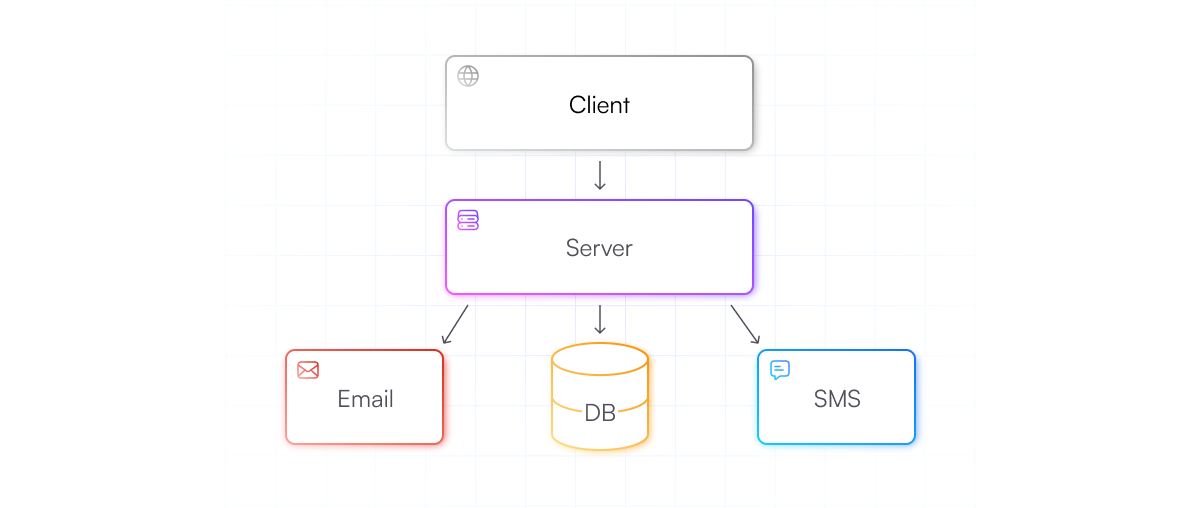
This adds the infrastructure cost of either self-hosted servers or integrating with third-parties like Sendgrid
Along with the development cost spent into the integration, sending email and text notifications is often high latency and failure-prone. If these operations are performed in the regular request-response cycle, it results in bad user experience since requests take too long to get a response.

Delegating these operations to asynchronously-scheduled background jobs becomes necessary to ensure the application is snappy and responds to user interactions quickly. The jobs must ensure that all notifications are delivered, retried on failure, and offer developers observability into failures and bottlenecks. This can also be delegated to a provider like Upstash
OAuth integration requires acquiring credentials and building adapters for each OAuth provider. The latter can usually be delegated to an open-source library like NextAuth
This is not an exhaustive list. Some use-cases require additional infrastructure like SAML integration, blockchain adapters, compliance guarantees, or bot detection.
Clerk-Hosted Auth
Clerk is designed to allow developers to build applications that look like this.

Clerk offers complete authentication capabilities directly on the client. Developers are not required to host a server to enable Clerk’s auth. This also allows Clerk to offer a great user experience and developer experience through pre-built components.
That said, many applications will have their own server and database. However, all auth-related responsibilities are delegated to Clerk, and Clerk’s backend package makes integration on the server easier and supports all non-node environments.
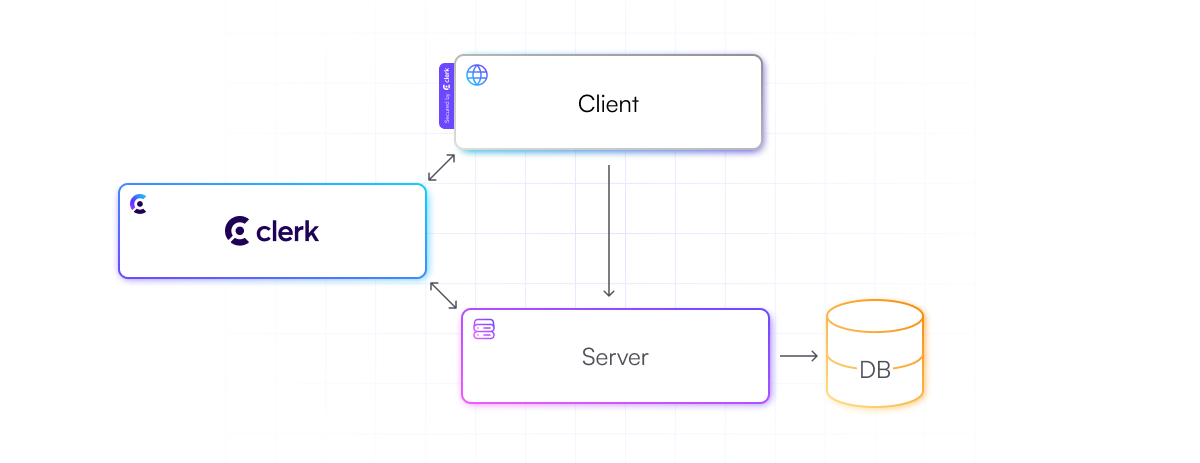
But since the server is optional, developers can decide to not host one at all, and leverage a Backend-as-a-Service solution like Firebase

Let’s zoom into the diagram and explore the infrastructure that powers the Client-Server integrations.
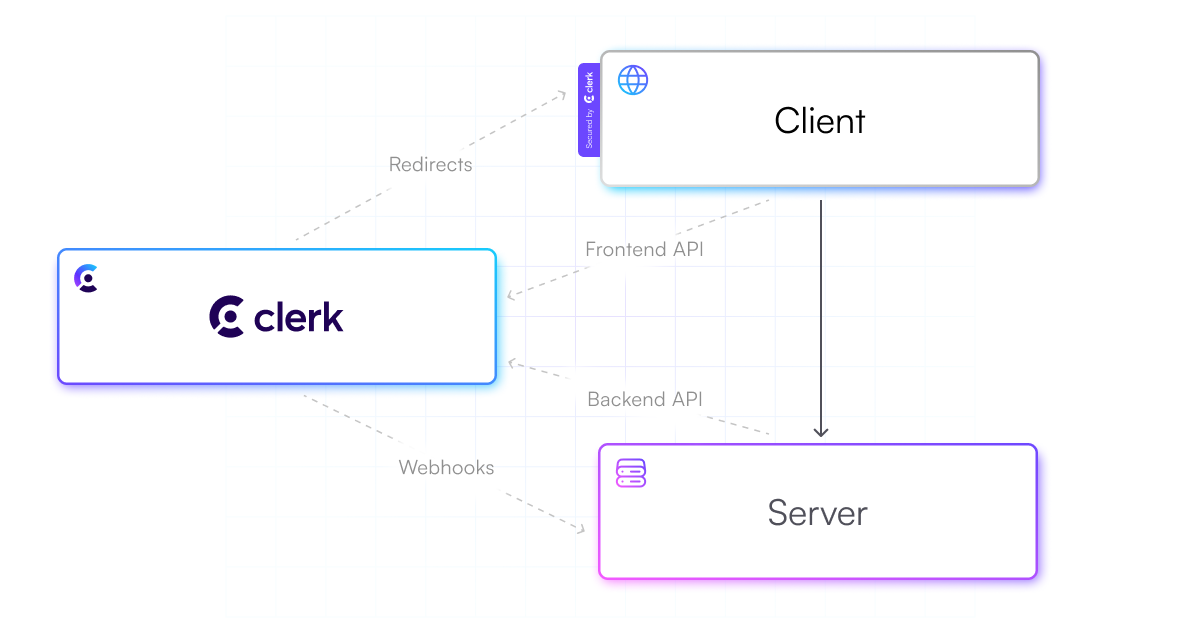
The Javascript library
The Backend API
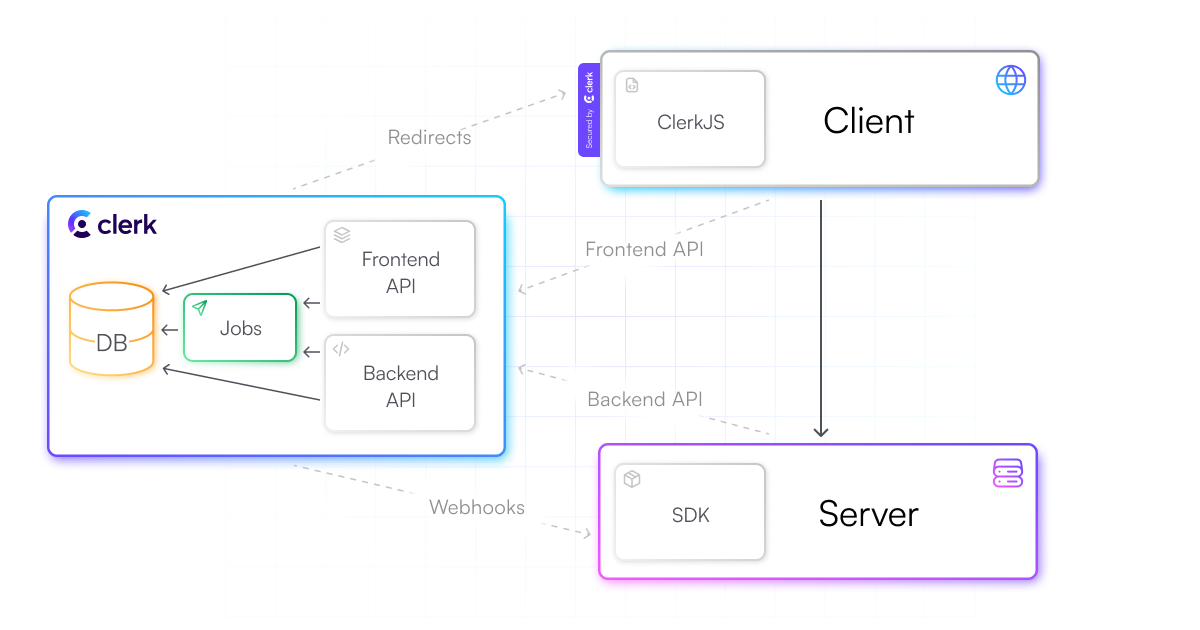
Internally Clerk is split into the Frontend and Backend API services that run on the highly scalable and efficient runtime of Google Cloud Run

Clerk also takes on the cost of integrating with other external services. SMS, Emails, and Webhooks are automatically delivered through Sendgrid
Since Clerk powers the complete end-to-end authentication flow, any additional infrastructure that might be required for special use-cases, like SAML, blockchain, or security compliance, can be added by Clerk without developers having to build any extra integrations. A recent release
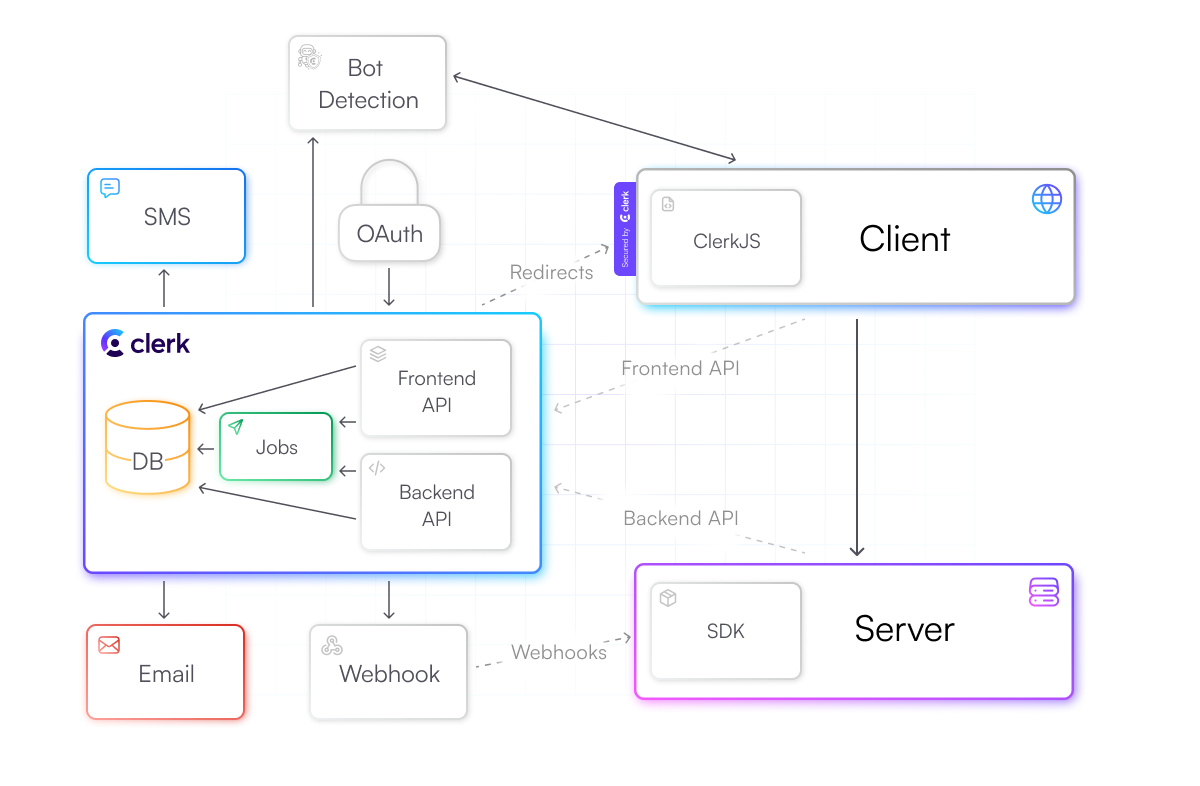
Bot detection capabilities are enabled by a combination of Clerk’s in-house countermeasures and Cloudflare
Bring your own Infra
Thanks to this infrastructure, getting up and running with fully functional auth in an application is a matter of minutes with Clerk. However, for various reasons, developers will prefer to leverage some of their own infrastructure. Clerk can be configured to not deliver messages if the developers wish to use their existing Email or SMS servers. Clerk sends webhook events for those messages to the application server, which can then integrate with self-provisioned Email and SMS servers to deliver the message to the user.
Bring your own Configuration
Another contributor to Clerk’s quick onboarding experience is shared DNS and OAuth configurations.
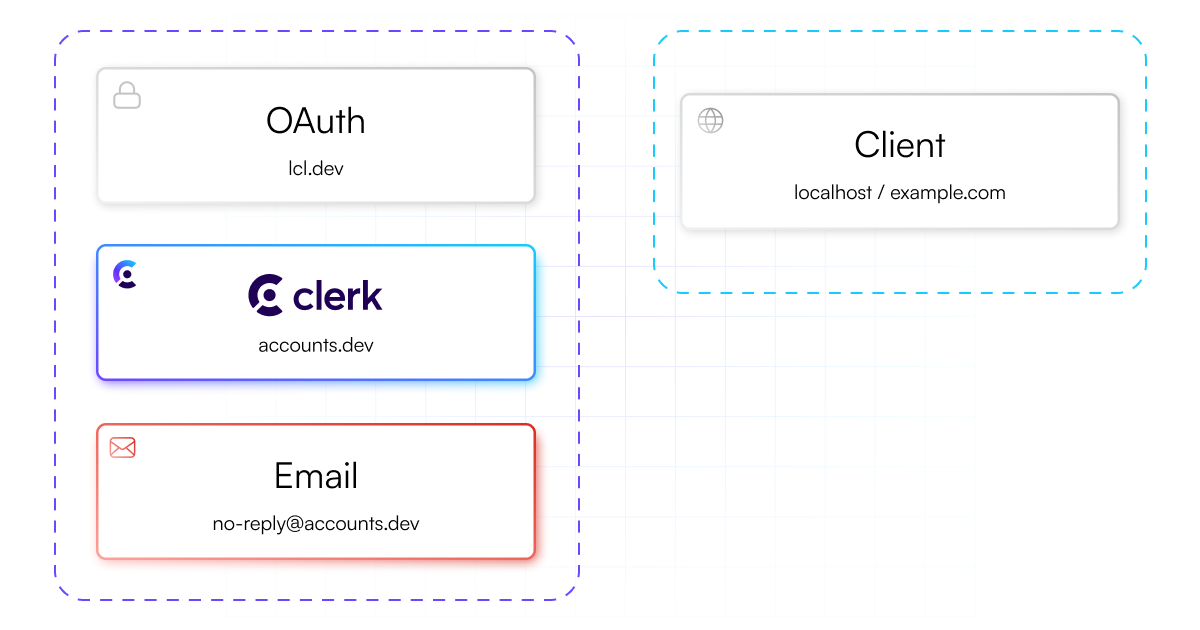
In a development instance, Clerk’s Frontend API is hosted on a subdomain of accounts.dev. This subdomain is a randomly generated slug unique to each application, e.g. random-dove-45.accounts.dev. The API is fully functional cross-origin, so the client application can be running on any domain, including localhost and preview deploymentsno-reply@accounts.dev, and OAuth flows use shared credentials.
While the cross-origin authentication capability contributes to the extremely quick onboarding DX of Clerk, it opens up vulnerabilities to certain cross-site scripting attacks, since sensitive authentication tokens are being shared across origins. This also means that magic links and emails use a Clerk-owned accounts.dev URL instead of the application URL, which is a non-starter for production applications. Similarly, OAuth consents are provided to a third-party (Clerk) instead of to the application directly.
In a production instance
Clerk also requires production instances to have their own OAuth credentials so that all OAuth consents are provided directly to the application owner.

In addition to full security, hosting the API as a subdomain of the Client origin allows any other subdomain to access the same sign-in sessions as the primary Client. Users only need to sign-in once, and the session is automatically made available Clients on any subdomain by the Frontend API.
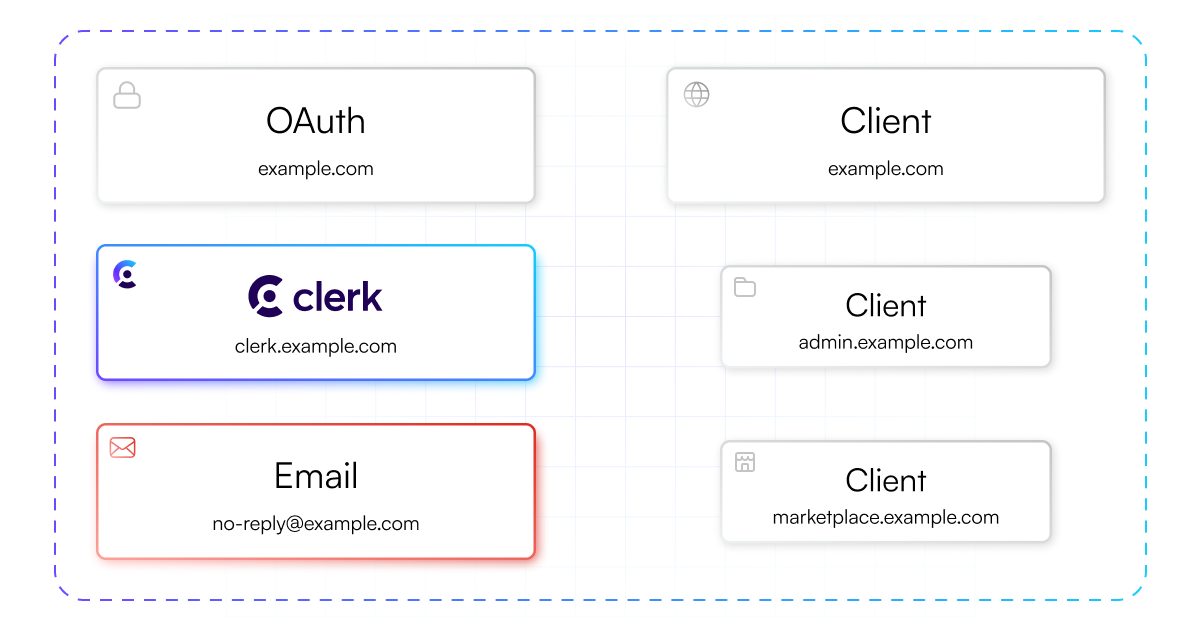
Summary
Clerk is designed not only to serve all the authentication needs of modern web applications, but to provide developers with an extremely easy onboarding experience along with the flexibility to turn off certain parts and integrate with their own systems. Clerk goes above and beyond with infrastructure to ensure that no compromises are made in terms of user and developer experience.
How We Roll Series Index
- How We Roll – Chapter 1: Passwords
- How We Roll – Chapter 2: Avatars
- How We Roll – Chapter 3: Multifactor
- How We Roll – Chapter 4: Email Verification
- How We Roll – Chapter 5: Customization
- How We Roll – Chapter 6: User Profile
- How We Roll – Chapter 7: JWT Single Sign-On
- How We Roll – Chapter 8: Sessions
- How We Roll – Chapter 9: Infrastructure
- How We Roll – Chapter 10: Roundup
Start now,
no strings attached
Start completely free for up to 10,000 monthly active users and up to 100 monthly active orgs. No credit card required.
Pricing built forbusinesses of all sizes.
Learn more about our transparent per-user costs to estimate how much your company could save by implementing Clerk.
Newsletter!
The latest news and updates from Clerk, sent to your inbox.